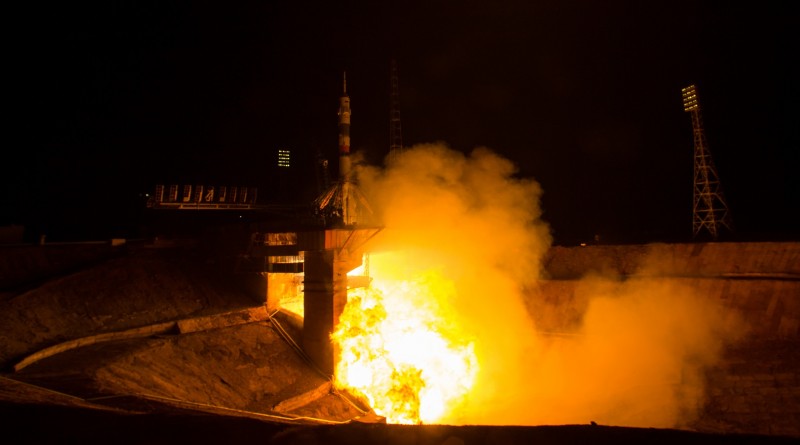Soyuz Crew Trio en-route to Space Station after safe Launch into Orbit
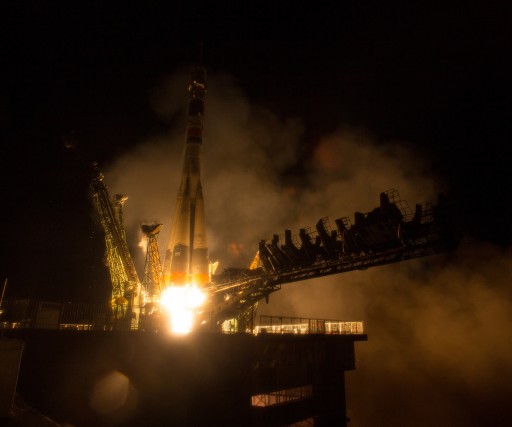
A crew of two veteran flight engineers and a rookie commander began an overnight link-up with the International Space Station on Friday, launching into the night skies over the Baikonur Cosmodrome atop a Soyuz rocket. Soyuz TMA-20M with Alexey Ovchinin, Oleg Skripochka and Jeff Williams is set for a four-orbit rendezvous to deliver the second half of the Expedition 47 crew to their destination in space for a half-year mission.
Climbing into their Soyuz spacecraft, the last in the TMA-M series to fly, the crew settled in atop 274 metric-tons of propellants needed for their nine-minute ride into orbit. Soyuz FG ignited its powerful engines and started rising from its pad at Site 1/5 at 21:26 UTC, turning to the north-east to chase down ISS that had passed over the launch site just minutes prior to liftoff. The Soyuz FG gave the trio a smooth ride into space, reaching the expected orbit 200 Kilometers in altitude from where the spacecraft will start its climb towards the Space Station.
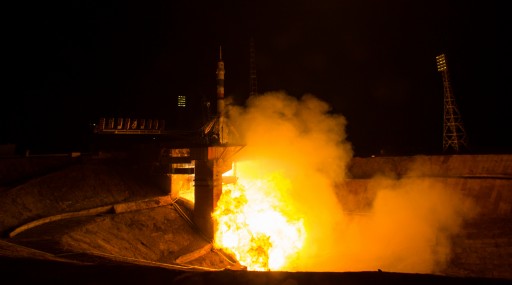
Starting out 200 Kilometers below and over 3,000 Kilometers behind the Station, the Soyuz will be catching up quickly, going through a methodical sequence to raise its orbit during the first two orbits of the mission to get into position for a fully automated rendezvous sequence. Set for an automated docking, the crew of Soyuz TMA-20M is eagerly awaited in orbit by Expedition 47 Commander Tim Kopra and Flight Engineers Time Peake and Yuri Malenchenko who have been at the helm of ISS as a three-person crew for the last two and a half weeks.
Soyuz is booked for a stay of 174 days, beginning with its docking to the Poisk module of ISS planned at 3:12 UTC on Saturday to mark the start of a busy period of operations aboard the orbiting outpost filled with plenty of scientific work and support of multiple visiting vehicles set to arrive over the next four weeks.
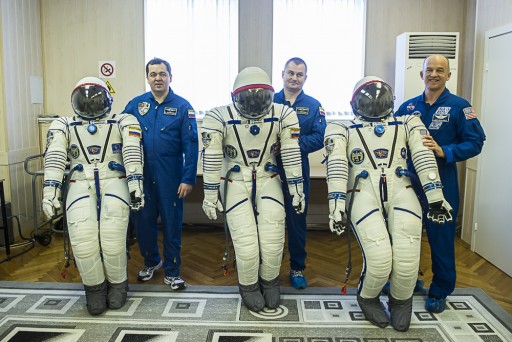
Entering the footsteps of Yuri Gagarin who launched on his historic one-orbit journey 55 years ago, the three Soyuz TMA-20M crew members went through a similar launch preparations campaign at the Baikonur Cosmodrome, setting up for liftoff from the very same pad Gagarin’s Vostok took flight from in 1961. To celebrate the 55th anniversary of Gagarin’s mission coming on April 12, the Soyuz TMA-20M launch shroud featured a commemorative decal on its exterior.
Marking the completion of over two years of training for the crew, Launch Day began eight and a half hours prior to their late-night liftoff when the three crew members received their wake-up calls at the Cosmonaut Hotel. After a final shower in gravity and the customary whole-body disinfection required by every crew flying to ISS, the three crew members had breakfast and signed their hotel room doors before receiving the traditional pre-flight blessing when departing the hotel – only two traditions observed on launch day, most dating back to the dawn of human spaceflight.
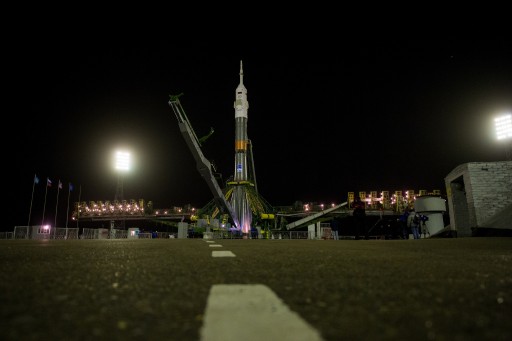
Out at Site 1/5, about and hour’s drive away, the Soyuz FG rocket and TMA-20M spacecraft headed into an eight-hour countdown as the two craft were powered up for testing and teams installed batteries on the booster, removed protective covers and put in motion the final preparations for tanking.
The green-light for propellant loading was given by the Russian State Commission and the two-hour taking operation picked up just inside L-5 hours to fill the four boosters, large core stage and Block I upper stage with 274,140 Kilograms of highly-refined Kerosene and -183°C Liquid Oxygen. In addition, each of the boosters received 280 kg of Nitrogen while the Core was loaded with 520kg to serve as tank pressurant gas during ascent.
While the rocket was being fueled for launch, the Soyuz trio went through suit-up at Site 254 of the Cosmodrome, ingressing their Sokol Launch and Entry Suits to protect them in the event of a depressurization.
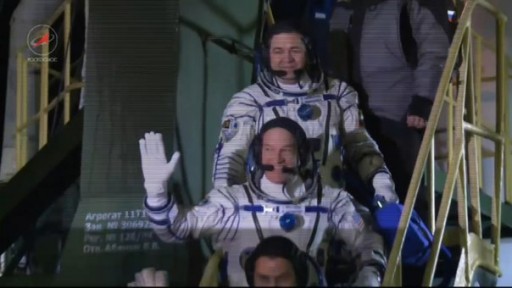
At the press room, the crew members had a chance to talk to their families and space agency officials while going through suit leak checks before heading for their rocket three hours prior to the scheduled T-0 time.
Propellant loading went as expected and wrapped up before the crew arrived, allowing the tanking cars to be pulled off the pad and the crew’s bus to drive up to a position directly in front of the Soyuz. After greeting those who had gathered at the pad and taking a few photos, the crew turned towards their ride to space and took a short look at their fully-fueled Soyuz that, by that point, was seemingly alive – covered in ice and venting gases from its various tanks.
With over 1,800 flights in a five-decade career, Soyuz is a world leader in the space launch business in terms of flight heritage, an established success rate and a flight rate placing it at the top of the launch lists every year in the past decades.
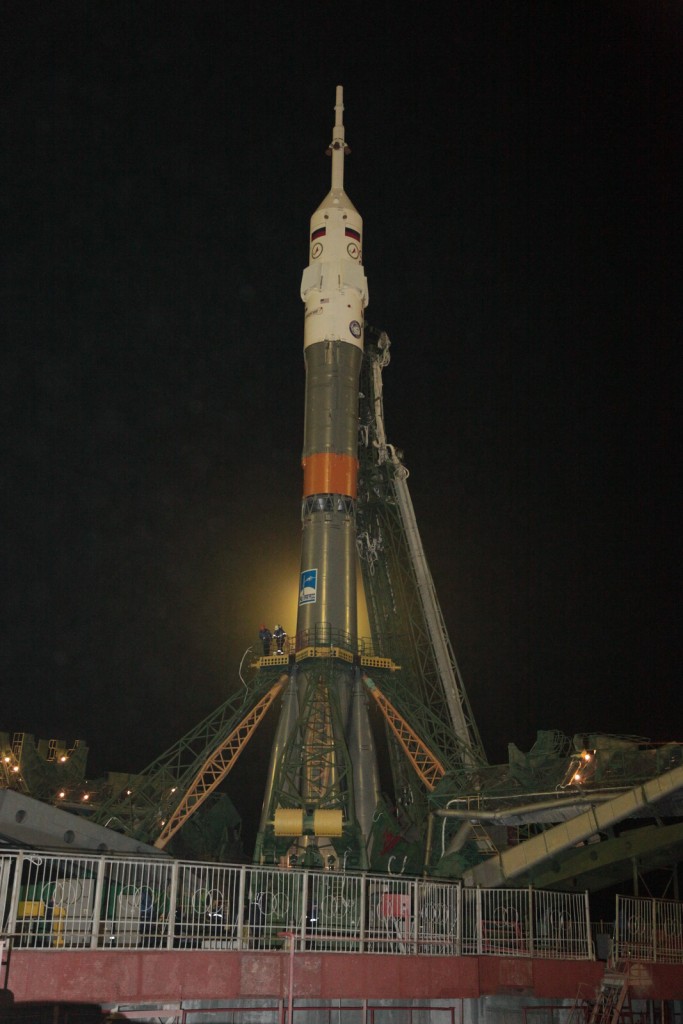
Building on the heritage design of the R7 ICBM developed over 50 years ago, Soyuz FG stands 49.5 meters tall and spans ten meters measured between the outer fins of the boosters. At launch, it weighs in at 305,000 Kilograms and it packs enough power to lift the 7,200-Kilogram Soyuz spacecraft into orbit.
Soyuz FG employs the familiar design comprised of a large Core Stage with four boosters clustered around it and a Block I third stage atop on which the Soyuz spacecraft sits, protected by its Launch Shroud.
Relying on old, but proven technology, Soyuz uses a Block A Core Stage standing 27.8 meters tall and 2.95 meters in diameter, loaded with 91 metric tons of propellant burned by a four-chamber RD-108A engine and four vernier engines for stabilization, generating 792 Kilonewtons of thrust at sea level.
Around the core stage, each of the four 19.6 meter long boosters holds 39,600kg of propellant pressure-fed to 838.5kN RD-107A engines also with four chambers. Topping the stack, Block I is 6.74 meters tall and 2.66m in diameter filled with 22,890kg of Kerosene and Oxygen to finish pushing the stack into orbit with its 297-Kilonewton RD-0110 engine.
Climbing on the Service Structure’s stairs, the three crew members waved good-bye and entered the elevator taking them 15 stories up to their Soyuz spacecraft. Arriving at the top of the Service Structure, the three crew members – one by one – climbed through a hatch in the launch shroud and the Orbital Module’s side hatch, then down through the internal Soyuz hatchway to get strapped into their seats.
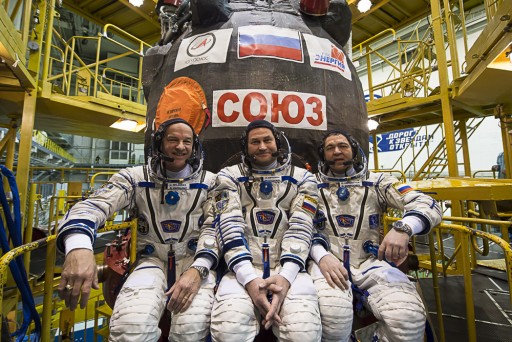
Soyuz Commander Alexey Ovchinin is the only space rookie on this flight. He served as a pilot and pilot instructor at different military institutions logging over 1,300 flying hours before being selected as a Cosmonaut in 2006. He was assigned to the crew of Expedition 47/48 in January 2014, beginning flight specific training.
Oleg Skripochka, coming from an aerospace engineering background, was selected in 1997 and flew for the first time in 2010 on the Soyuz TMA-01M spacecraft for a 159-day mission to ISS as part of Expedition 25/26. Coincidentally, Skripochka served as the Flight Engineer on the very first flight of the Soyuz TMA-M and again fills that position on the final flight of this Soyuz model.
Jeff Williams, selected by NASA in 1996, flew for the first time on the Space Shuttle on Mission STS-101, one of the first outfitting missions to ISS when the Station only consisted of the Zarya, PMA-1 and Node 1 modules. Having known the Station from its very early stage, Williams flew two long-duration mission in 2006 as part of Expedition 13 and again in 2009 for Expeditions 21 & 22. Adding another 174 days to his record, Williams will pass the record for most time spent in space by a U.S. Astronaut, recently set by Scott Kelly. He is also the first U.S. Astronaut to complete three long-duration flights.
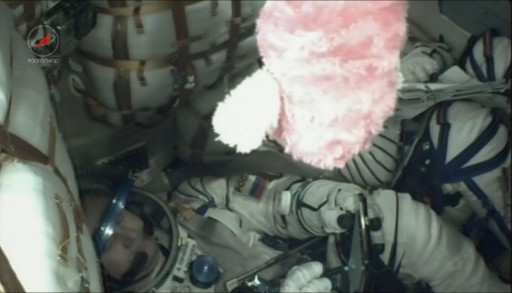
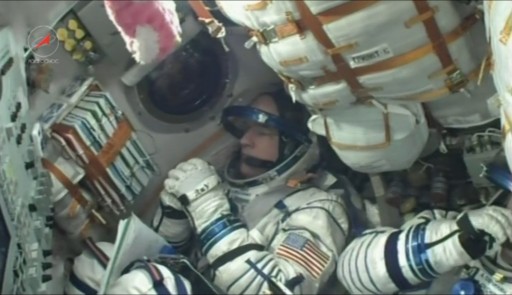
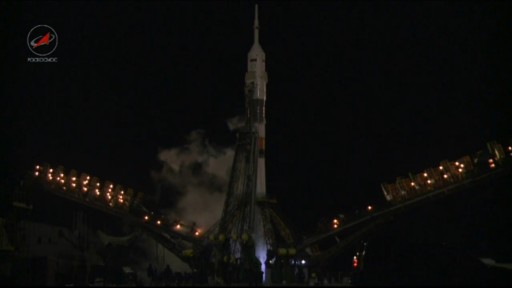
Once strapped into their seats, the crew got settled in while engineers closed the internal hatch of the Soyuz as well as the side hatch of the Orbital Module to set up for the pressurization of the vehicle to check for leaks. Done with their hour-long pre-launch checklist, the crew had some free time and was entertained with music via the communications loop.
In the final hour of the long countdown, the Soyuz rocket was revealed on its launch pad when the Service Structure was lowered to its liftoff position. Illuminated by flood lights, the Soyuz underwent a last reconfiguration of its guidance system and the Launch Abort System was armed while the crew closed their helmets and monitored their spacecraft switching to battery power.
Heading into the business end of the count at T-6 minutes, the Launch Key – a relic of Soyuz’ previous ICBM career – was inserted to signal the final approval for liftoff. Soyuz then purged its engines with nitrogen to remove any combustible substances from the plumbing and ensure a controlled ignition. Propellant tank pressurization was swiftly followed by the transfer to internal power and Soyuz assuming control of the last minute of the count. The third stage umbilical retracted to its launch position and Soyuz issued the launch command – triggering the retraction of the Core Stage Umbilical and the ignition of the engines.
The hydrogen-peroxide-driven turbopumps spun up to flight speed and igniters fired when the engine valves were opened. Flames erupted from the base of the rocket as the engines powered up to a collective liftoff thrust of 422 metric-ton-force, overcoming counterweights to allow Soyuz to rise from the pad.
Soyuz lifted off at precisely 21:26:38.355 UTC, balancing in a vertical position for a ten-second climb before pitching over to fly north-east, chasing the International Space Station that had overflown the launch pad just three minutes before blastoff. At the time of liftoff, the Station had already pulled 1,500 Kilometer ahead of the Soyuz, passing over the Russian border.
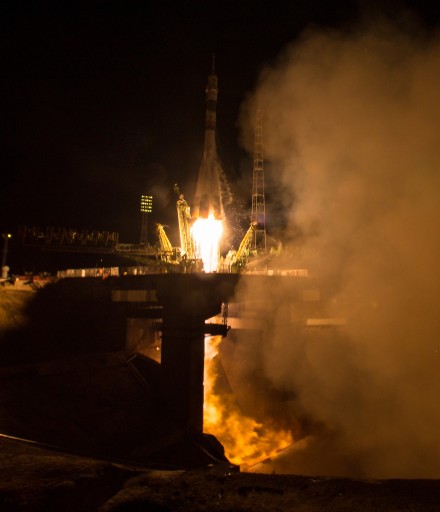
Aligned with its north-easterly flight path, Soyuz passed Maximum Dynamic Pressure 50 seconds after liftoff, 10 Kilometers in altitude with its boosters doing most of the work during the initial flight phase. Pushing through the speed of sound, Soyuz burned 1,600 Kilograms of propellants per second, giving the crew a relatively smooth ride, waving at the cameras and reporting to the Launch Bunker that everything was in order aboard the spacecraft.
One minute and 54 seconds into the flight, the Escape Tower fired its separation motor to depart the Soyuz rocket as the SAS Launch Abort System switched to its mid-altitude abort mode in an architecture that provides abort options from before liftoff all the way to orbital insertion. For the rare case of an in-flight abort, 11 recovery teams were stationed along the ground track of the vehicle from Baikonur all the way to the Pacific Ocean.
The four liquid-fueled boosters finished their job after a burn of one minute and 58 seconds. Shutting down their RD-107A engines, the strap-on boosters were separated by pyrotechnic devices and pistons that pushed the spent boosters outside, creating a brief display of the Korolev Cross, named after the father of the R7 design Sergei Koroloev and visible only for a split second when the boosters rotate outward with the still-firing core in the center.
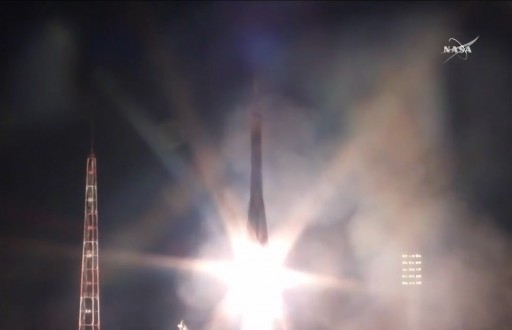
The four boosters helped accelerate the Soyuz to a speed of 1.5 Kilometers per second and departed the vehicle 49 Kilometers in altitude, tumbling back towards Earth for a crash landing 348 Kilometers from the launch site. After a clean separation of the boosters, Soyuz relied on the Core Stage and its RD-108A engine, generating 101 metric-ton-force of thrust when flying in the tenuous layers of the upper atmosphere.
After two minutes and 38 seconds of powered flight, the Soyuz had reached 85 Kilometers in altitude, making it safe to split open and jettison the protective launch shroud. With the shroud gone, the crew could catch a glimpse of their first sunrise in space, though their eyes were likely focused on the instrument panels in front of them, tracking the progress of their ascent into orbit. Towards the end of the Core Stage burn, forces climbed up to around 3Gs as the Soyuz had lost most of its launch mass and was still firing on all cylinders.
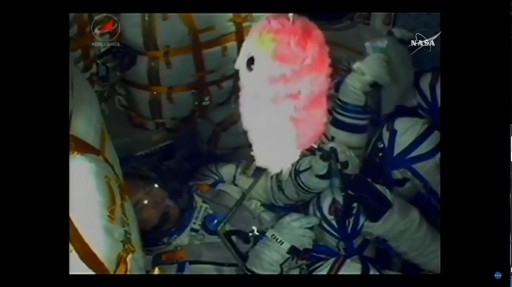
Shutdown of the core stage occurred 4 minutes and 45 seconds into the flight, catapulting the crew forward, firmly held in their seats by the shoulder straps – just two seconds later, the third stage cut in followed split-seconds later by the pyrotechnic separation of the stages, pushing the trio back in their custom-made seat liners. Hot staging was by the book and the spent core was sent on a path towards re-entry and impact, 1,570 Kilometers from the launch pad.
Soaring to a thrust of 30,400 Kilogram-force, the Block I third stage was set to fire its engine for three minutes and 58 seconds to finish the task of lifting the Soyuz spacecraft into orbit. Real time calls from the Launch Bunker indicated good performance of the third stage with nominal pressures inside the engine as it burned close to 100 Kilograms of propellant each second of operation.
Shutdown on the third stage came at T+8 minutes and 45 seconds and was clearly visible in the onboard video from the spacecraft as this mission’s Zero-G indicator, a pink-and-white toy owl given to Commander Ovchinin by his daughter, started floating.
Separating from the booster three seconds after shutdown, Soyuz TMA-20M checked in with Mission Control Moscow, flying under the call sign Burlak – in homage to the city of Rybinsk where Soyuz commander Alexey Ovchinin was born; Rybinsk is nicknamed the “capital of barge-haulers,” known as Burlaks in Russian.
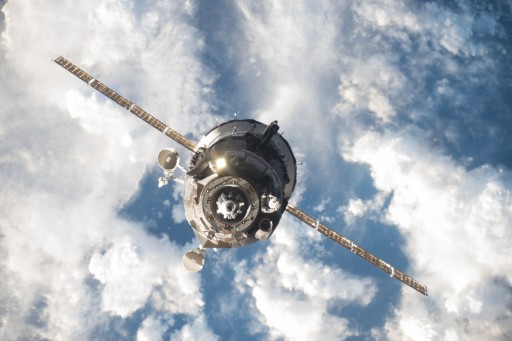
Immediately after spacecraft separation, the Soyuz executed a series of time-tagged commands to deploy the two power-generating solar arrays along with the KURS Navigation Antennas. All appendages were deployed successfully and the Unified Propulsion System of the spacecraft pressurized for operations – all under the watchful eyes of teams at the Russian Mission Control Center in Moscow.
KURS, the spacecraft’s radio navigation system, was powered up as one of the first steps in the mission followed by a functional test to verify the system was up and running – a critical requirement for the fast rendezvous to proceed.
With KURS up and running and a stable pressure inside the Entry Module, the crew was cleared for orbital operations, opening their helmets, taking off their gloves and loosening the tight shoulder straps. Ground stations kept tracking the Soyuz for six minutes after separation to determine the vehicle’s insertion orbit and deliver data for ballistics experts to calculate the flight profile to get Soyuz to its orbital destination.
Having received a Go for orbital operations, the crew headed out of ground station range, flying out over the Pacific. Not getting a break after orbital insertion, the crew will oversee the setup of the SKD Main Propulsion System for the start of orbital maneuvers half an orbit into the flight.
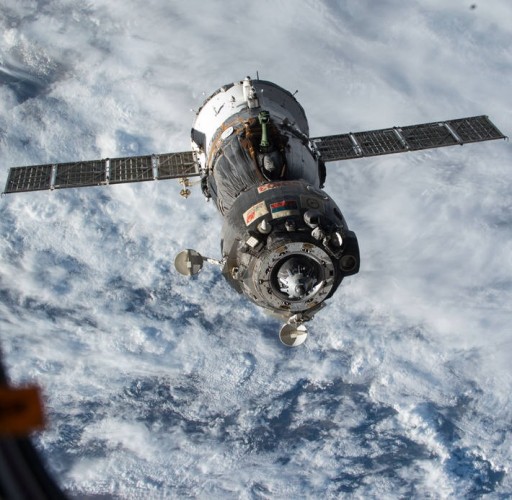
Soyuz TMA-20M is set for a pair of Rendezvous Burns during its first lap around the planet making use of pre-programmed burn parameters, executed regardless of the actual insertion orbit in order to get started with orbit-raising straight away. Orbital tracking data is used to calculate the orbit after these two maneuvers so that the next two burns can be adjusted to correct any orbital insertion errors.
When passing over Russian ground stations, the crew will tag up with Mission Control and work through a series of checkouts including a manual flying exercise to ensure the control system of the Soyuz would permit a manual docking if needed. Soyuz is aiming for an orbit of 281 by 303 Kilometers after its first four engine burns, set to initiate the Automated Rendezvous at 1:03 UTC on Saturday to go through another major engine burn in order to enter the 200-Kilometer communications zone around ISS for relative navigation to start.
Processing KURS navigation data, Soyuz TMA-20M will again fire its SKD engine, initially aiming for a position one Kilometer from ISS before the targeting offset is reduced and Soyuz initiates its Flyaround maneuver at a distance of 400 meters. Making a slow lap around the Space Station, Soyuz will line itself up with the Poisk module and enter a few minutes of Stationkeeping for a check of systems performance and alignment before commanding final approach to begin – still under fully automated control.
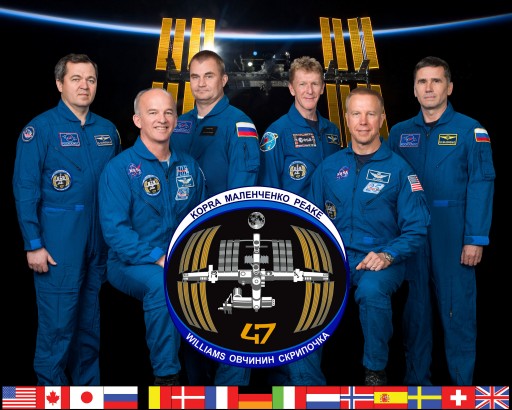
Contact and Capture is planned for 3:12 UTC after a commute of less than six hours, marking the arrival of the next Station crew for a mission of nearly half a year.
After arriving at the Space Station, the crew will transfer their Soyuz to ISS power, switch to hard line communications and enter the hour-long leak check to confirm the redundant pressure seal of the spacecraft is air tight. Getting out of their Sokol launch and entry suits after over 11 hours, the crew will prepare for hatch opening at 4:55 UTC – in time for breakfast aboard ISS.
Being welcomed aboard by the resident crew members, the newly arrived crew members will participate in the traditional family conference and go through the usual safety briefings before they can get settled in aboard ISS after a long and eventful day.

